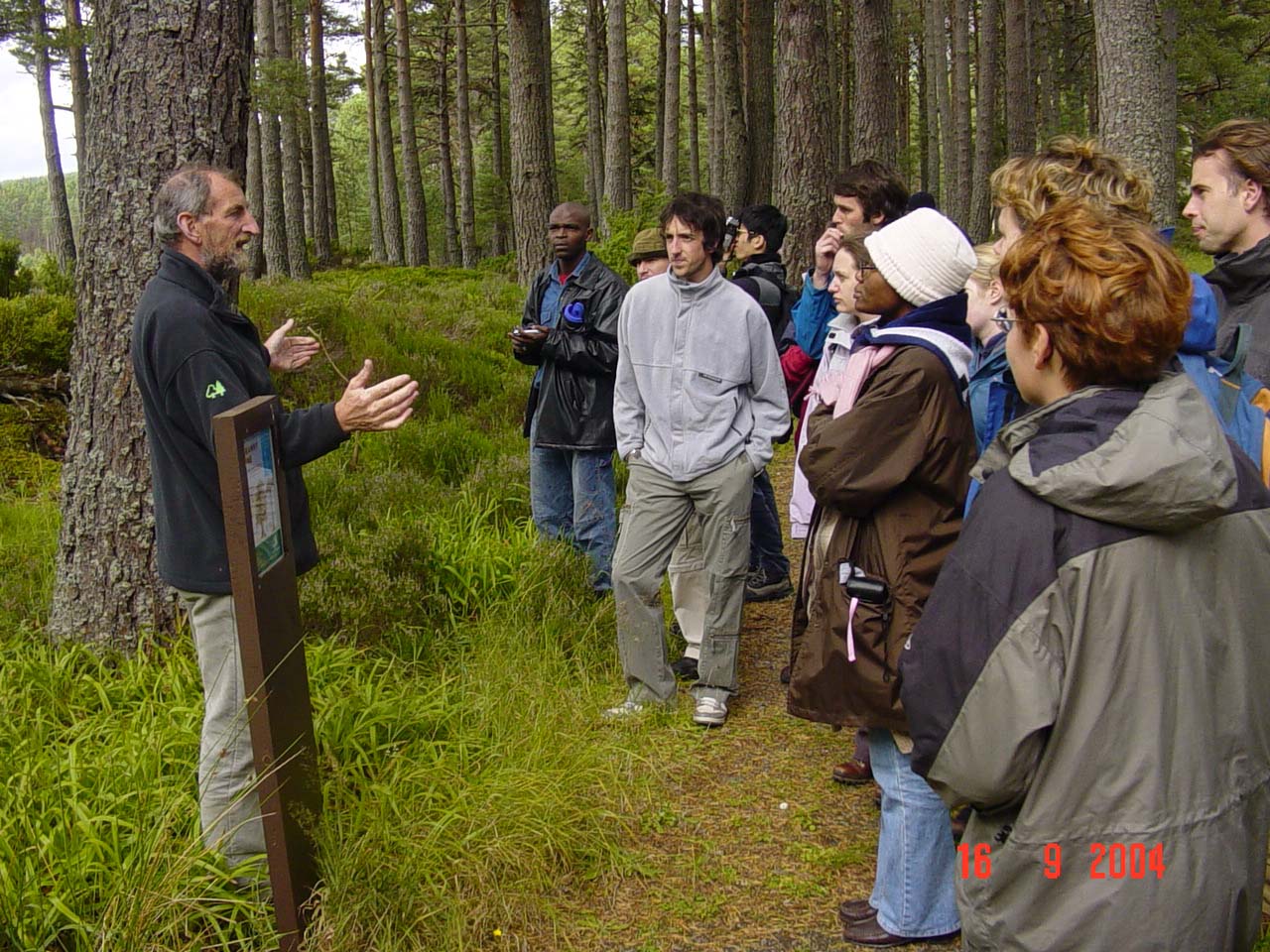The following are the different education environment that were used before:
- Classical Christian Education
Classical Christian Education is an American based educational movement that started around 1990 as an out-growth of home schooling. It combines the elements of a classical education with a strong commitment to the teaching and practice of Christian values.
Largely influenced by the work of Dorothy Sayers, a group of home schooling parents opened the Logos School in Moscow, Idaho in 1990 with 25 students. The success of this school created others, and by 1994, Classical Christian schools around the United States combined to form the Association of Classical Christian Schools. Currently, there are 184 members of this organization. An estimated 40,000 students in America go to these schools. In addition, as many as 50,000 students utilize the Classical Christian curriculum in their home school programs.
- Open Classroom
An open classroom is a student-centered classroom plan format popular in the United States in the 1970s. In its most extreme form, entire schools were built with no walls, which made teaching loudly disruptive. It has been largely abandoned and discredited, and students in schools which were constructed with no walls usually see it as a disadvantage.
Today, classrooms that are physically open are rare, as many schools that were made when the idea of open education was translated by educational bureaucracy to mean “without walls” have long since put up partitions. However, in many places, the open philosophy as an instructional technique continues to thrive, though it is often not labeled as such. In schools where open education was not a top-down initiative, but a bottom-up phenomenon, they met with success. Piedmont Open/IB Middle School in Charlotte, North Carolina, for example, was started as one of the original two magnet middle schools in Charlotte in the 1970’s. While the other magnet (a “traditional” school) has closed, Piedmont is still functioning as a modified open school thirty years later, all the time housed in a traditional physical plant.
Open schools that last must keep a well-informed parent and student body and especially a committed faculty. If one places a traditional teacher into an open environment, success is elusive. The lack of structure, physical (walls) or pedagogical (choice), can readily be blamed. Conversely, a committed open teacher with a supportive administration can make an open classroom in any school setting. Teachers who today ask student input in the process of deciding how to master a given topic are indeed running open classrooms, whether or not they use the “open” label.
